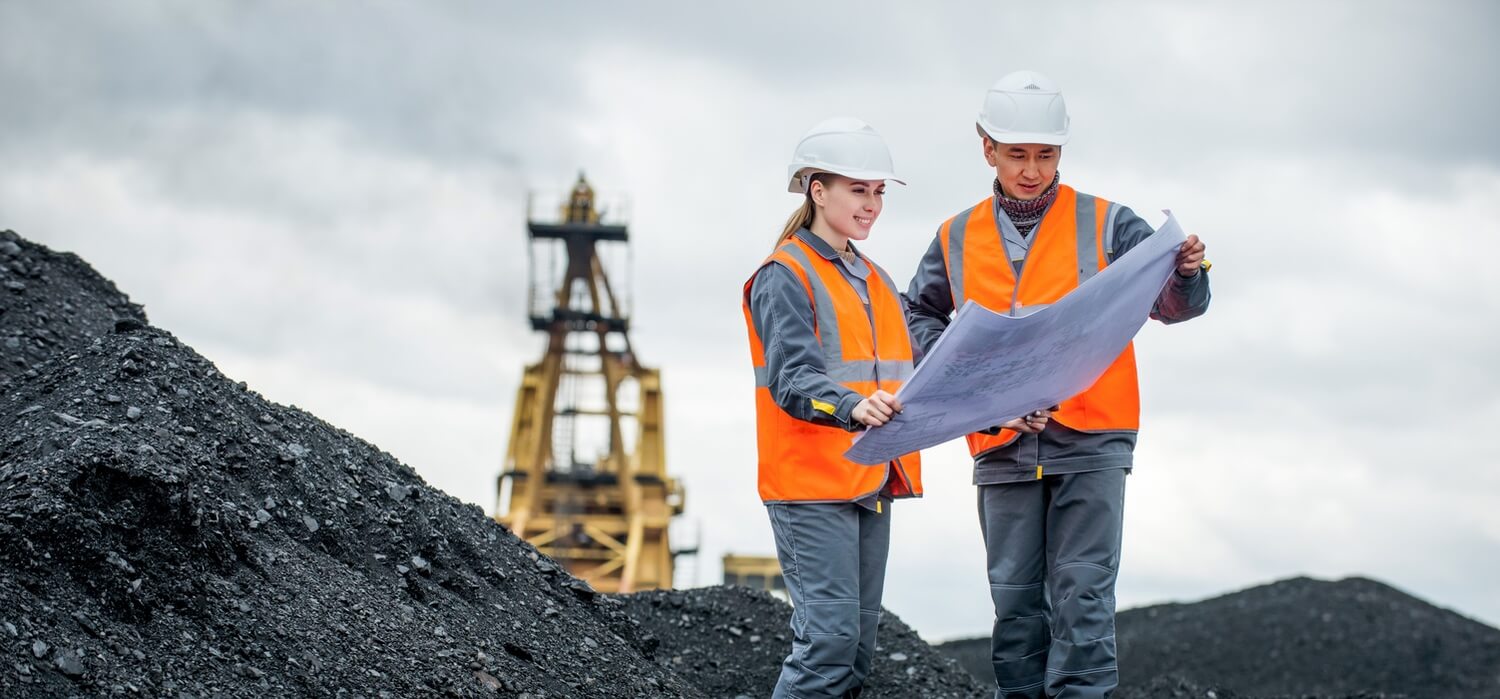Natural resource extraction in the Northern Netherlands
Throughout the last 500 years, the Northern Netherlands have been a prosperous area for natural resource extraction. Provinces such as Groningen and Friesland have relied on some form of natural resource extraction for income and fuel, as for instance gas extraction or mineral extraction.

During the period between 1550 and 1700, much of Friesland relied on peat-cutting for its industry, with the cut Frisian peat travelling southwards by numerous newly-built canals for use in the south of the country. Indeed, the city of Drachten (now famous for having one of the largest R&D facilities in Europe, by Phillips) has three peat blocks on its city shield. In 1992, the last commercial peat-cutting operation in the Netherlands wound up, bringing the ten-century industry to an end.
In 1959, the Groningen Gas Field was discovered- it is the largest natural gas field in Europe, and the 10th largest in the world. Its extraction first began in 1963, and since then it has produced more than 1,700 Billion Cubic Metres of gas. Since its inception, the Groningen Gas Field have been run by the NAM, which is mainly (in parts wholly) owned by Royal Dutch Shell, and Exxon Mobil. This has been combined with significant shale gas drilling in the last few decades. This method of gas extraction required blasting gas-bearing rock with (normally) water, in order to release the gas- which can then be captured for use. Unfortunately, both gas extraction in the North Sea and on-shore has caused a significant rise in the number of earthquakes, subsidence, and property damage. The continued property damage, along with public protest, led the Dutch government to announce that extraction of the Groningen Gas Field will be reduced to zero by 2030.
Naturally, this history of gas extraction has led to some world-leading facilities for transporting and storing gas. This is run and maintained by the company GasUnie, and its subsidiaries. GasUnie also acquired the German piping company BEB in 2007, and as such is the only company in Europe to have a cross-border piping network. Naturally, the city of Groningen is also a hub for gas-buying companies and wholesalers.
Aside from natural gas, the coastal regions of the Netherlands also have a thriving surface mineral extraction industry. Much of this involves the movement of sand, whether for coastal maintenance (for example to stop longshore drift), and for other construction projects within the Netherlands. In the Wadden Sea, off the coasts of the provinces of Groningen and Friesland, there is also a large area set aside for shell extraction. This is strictly controlled by various Nature Conservation Act(s), and the shells are used in everything from surfacing roads and bike paths, to being used in large construction projects.